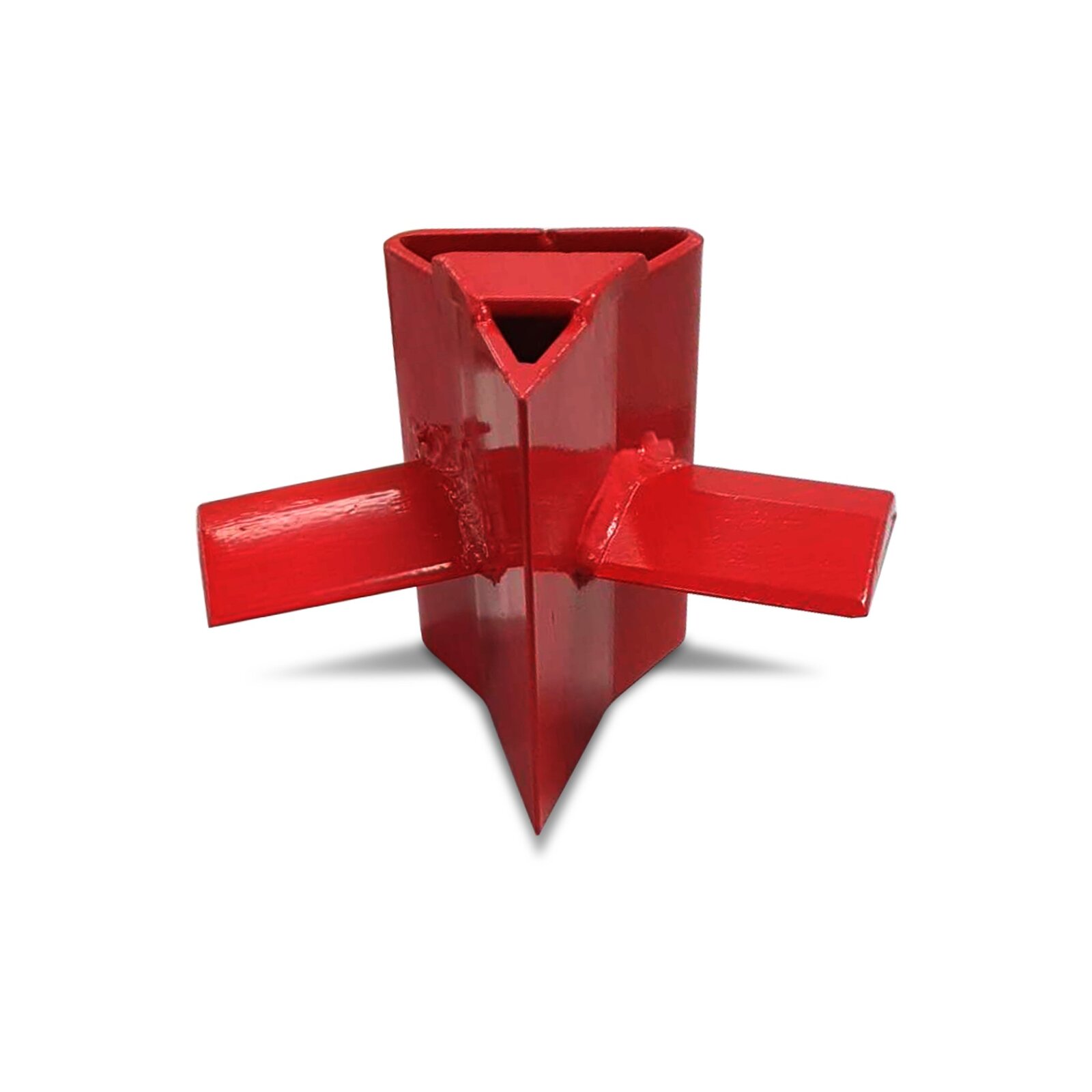
10+ Cheap DIY Garden Path Ideas
Garden paths are a great way to add interest and functionality to your outdoor space. But they can also be quite expensive, particularly if you hire a professional to install them. If you’re looking for a more budget-friendly option, DIY garden paths are a great solution. With a little bit of elbow grease, you can create a beautiful path that will last for years to come. To help get you started, we’ve rounded up 10+ cheap DIY garden path ideas. From simple gravel paths to more complex brick designs, there’s sure to be an option that fits your style and budget. The garden tools are reduced the time for gardening procedures. So, if you are a garden enthusiast, then you should consider the right kind of garden equipment for increased productivity and saving significant time.
Log Stepping Stones
Log Stepping Stones: A cheap and easy way to add interest to your garden is to use log stepping stones. You can find logs of all sizes and shapes at your local hardware store or lumberyard, and they make great stepping stones for any garden. If you want a more natural look, you can even find logs that are already weathered and aged.
Brick Paths: If you’re looking for something a little more traditional, brick paths are always a good option. Brick paths are classic and timeless, and they can be easily customized to fit any space. You can find bricks at any home improvement store, or you may even have some leftovers from a previous project.
Gravel Paths: For a more rustic look, gravel paths are a great option. Gravel is an inexpensive material that’s easy to work with, and it comes in many different colours. You can find gravel at any home improvement store or landscaping centre.
Build a Stone Path
Building a stone path is a great way to add interest and appeal to your garden. It can also be a very inexpensive project to do yourself. Here are some tips on how to build a stone path:
- Choose the route for your path. You’ll want to consider the flow of traffic in your garden and choose a route that makes sense.
- Clear the area where you’ll be building your path. Be sure to remove any existing vegetation or other obstacles that might get in the way.
- Lay out your stones. You can do this by dry-laying them out on the ground beforehand, or you can simply place them as you go along. If you’re using larger stones, you may want to dig shallow trenches for them first so they sit flush with the ground.
- Use mortar or another adhesive to secure your stones in place. This is optional, but it will help keep your path from shifting over time.
- Fill in any gaps between stones with soil or mulch. This will help prevent weeds from sprouting up and will give your path a neater appearance overall
Pebbled Path
Another easy way to add flair to your garden is to create a pebbled path. This type of path is relatively simple to create and can be done with materials you may already have on hand, such as gravel or rocks.
To get started, simply clear a space in your garden where you’d like the path to go. Then, outline the path with whatever material you’re using to mark it out. Once the outline is complete, begin filling it in with pebbles or gravel. Use your hands or a small shovel to evenly distribute the material until the path is filled.
For a more polished look, try using larger rocks or stones for the border of the path and smaller ones within. You can also add interest by incorporating different colours of stone or gravel. Get creative and have fun with it! If you have grown weeds in your garden then you can look for these weed sprayers at our online stores.
Woven Branch Pathway
If A woven branch path is an easy and inexpensive way to create a garden path! All you need is some sturdy branches, some wire or string, and a bit of time.
To start, gather up your materials. You’ll need around 6-8 medium to thick branches, depending on the length and width of your desired path. Cut them to size if necessary. Then, use wire or string to weave the branches together. Start in the middle and work your way outwards.
Once you’ve reached the desired length and width, secure the ends of the wire or string so that your path will stay in place. You may need to add a few more branches here and there to keep everything secure. And that’s it! You now have a beautiful woven branch pathway leading through your garden!
Also Read: Best DIY Greenhouse Ideas for Winter with Different Types of Small Garden House
Painted Pebble Mosaic Walkway
Make mosaic paths with pebbles to add a beautiful and interesting touch to your garden. You can find all the supplies you need for this project at your local hardware store, and it’s a great way to add a unique touch to your yard.
To start, you’ll need to gather your materials. You’ll need a bag of small pebbles, some grout, a trowel, and a bucket. Once you have everything, you’ll want to lay out your design on the ground first. This will help you visualize how the finished product will look and also help you figure out how much material you’ll need.
Once you have your design figured out, it’s time to start laying the pebbles. Begin by spreading a layer of grout on the ground where you want your design to go. Then, start placing the pebbles into the grout one at a time. It’s important to press them down firmly so that they adhere well. Keep going until you’ve filled in your entire design.
Once the grout has dried, your mosaic walkway is complete! Just be sure to seal it with a waterproof sealant before walking on it so that it lasts for years to come. Garden gates are to make your garden design very beautiful.
Wood Boardwalk Path
A wood boardwalk path is a great way to add interest and variety to your garden. It can also be a very inexpensive way to create a beautiful and functional path through your garden. Here are some tips for creating a wood boardwalk path in your garden:

- Choose the right location for your path. A wood boardwalk path can be used to highlight features in your garden, such as a pond or fountain. It can also be used to create a more private space in your garden.
- Plan the width of your path. A wider path will be more comfortable to walk on and will also provide more space for planting beds or other features alongside the path.
- Select the type of wood you want to use for your boardwalk. Pressure-treated lumber is a good option for durability, but it can be expensive. Reclaimed lumber is another option that can give your path a unique look while also being budget-friendly.
- Install the boards for your walkway using screws or nails driven into the ground at an angle so they’re hidden beneath the boards. Start at one end of the path and work your way towards the other end, attaching each board as you go.
- Add finishing touches to your new wood boardwalk paths, such as landscaping fabric underneath the boards to prevent weeds from growing up through them, or solar lights along the edges of the path for evening walks through your garden.
Copper Pipe Garden Path
Make a copper pipe garden path to bring some style to your garden for a cost-effective and easy DIY project!
This is a great project for anyone who is handy with a saw and drill, and it will only cost you a few dollars in materials.
To make your own copper pipe garden path, start by planning out the design of your path. You will need to decide how wide and long you want it to be, and where you want it to go. Once you have a plan, head to your local hardware store and purchase enough copper pipe to complete your project.
Next, use a saw to cut the pipe into pieces that will fit together like puzzle pieces. Once all of your pieces are cut, use a drill to create holes in the centre of each one. These holes will allow water to drain through the pipes so that your path stays dry.
Finally, assemble your path according to your plan and secure the pieces together with screws or zip ties. Fill any gaps between the pipes with gravel or soil, then give your new garden path a good watering. In no time at all, you’ll have a beautiful and unique pathway that will add charm to any outdoor space! Pay Later Alligator has an extensive collection of raised garden beds.
Make Brick and Concrete Stepping Stones
Making your own brick and concrete stepping stones is a great way to add a unique accent to your garden path. Plus, it’s a very budget-friendly option! Here’s how to do it:

- Start by creating a mould for your stepping stone. You can use a plastic container or pie dish as your mould, or get creative and use an interesting shape such as a star or heart.
- Next, mix together some quick-setting cement according to the package directions. Then pour the cement into your mould, and smooth it out with a trowel.
- Once the cement has set (this usually takes about 20 minutes), carefully remove the stepping stone from the mould. If necessary, you can use a sharp knife to help release it.
- Allow the stepping stone to cure for at least 24 hours before placing it in your garden path.
DIY Colorful Glass Bottle Border Idea
It’s easy and cheap to add some color to your garden path with this DIY glass bottle border! Simply gather up a few empty glass bottles in different colours, and bury them upside down in the ground along the edge of your path. The bottles will catch the light and add a beautiful pop of colour to your garden!
Make a river rock pathway
If you have a garden, why not create a beautiful and cheap garden path using river rocks? This is a great way to add some extra interest to your garden, and it’s also very easy to do.

Simply gather some river rocks and arrange them in any pattern you like. You can even use different colours of rocks to create a unique design.
Wooden Slab Pathway with Grass Fillers
A wooden slab pathway is a great way to add a rustic touch to your garden. You can make your own wooden slab pathway by using some inexpensive lumber and some basic carpentry skills. To add some visual interest, you can fill the gaps between the slabs with grass or other plants. This type of pathway is relatively easy to build, and it will add a unique look to your garden.
Use leftover tiles as stepping stones in the garden
If you have leftover tiles from a home improvement project, put them to good use by creating unique stepping stones for your garden. This is a cheap and easy DIY project that can add personality to your outdoor space.
To make your own stepping stones, start by selecting a tile that you like. If you are using ceramic tiles, make sure they are unglazed so they will be absorbent. Once you have your tile, use a hammer and chisel to break it into smaller pieces. You can also use a saw if you have one available.

Next, choose the shape you want your stepping stones to be. If you want them to be uniform, use a cookie cutter or other template to trace the shape onto the tile pieces. Otherwise, go for a more organic look by freehanding the shapes.
Once you have your tile pieces cut out, it’s time to assemble them. Begin by spreading out some mortar on a flat surface. Then, place each tile piece onto the mortar, pressing down slightly so that it adheres. Be sure to leave enough space between each piece for foot traffic.
After all of your pieces are in place, allow the mortar to dry completely before walking on the stones. Once dry, you can optionally grout the spaces between the tiles for extra stability and protection against weeds.
Takeaway: These are all great ways to put in a new path that looks great.
Garden paths are a great way to introduce texture and interest to your landscape. A garden path can be created in a variety of ways, from simple and inexpensive to elaborate and costly.
One of the simplest and most cost-effective ways to create a new garden path is to simply lay down some weed fabric or ground cover material, then top it with mulch or decorative stones. This method is quick and easy and will keep weeds from growing on your new path.
If you want something a little more substantial, you can edge your garden path with bricks, pavers, or stones. This will give it a more finished look and will help keep the mulch or soil in place. You can also use edging material to create curved or meandering paths.
DIY ideas that are both inexpensive and easy to do are listed below. Whatever method you choose, creating a new garden path can add value and visual appeal to your property.

















